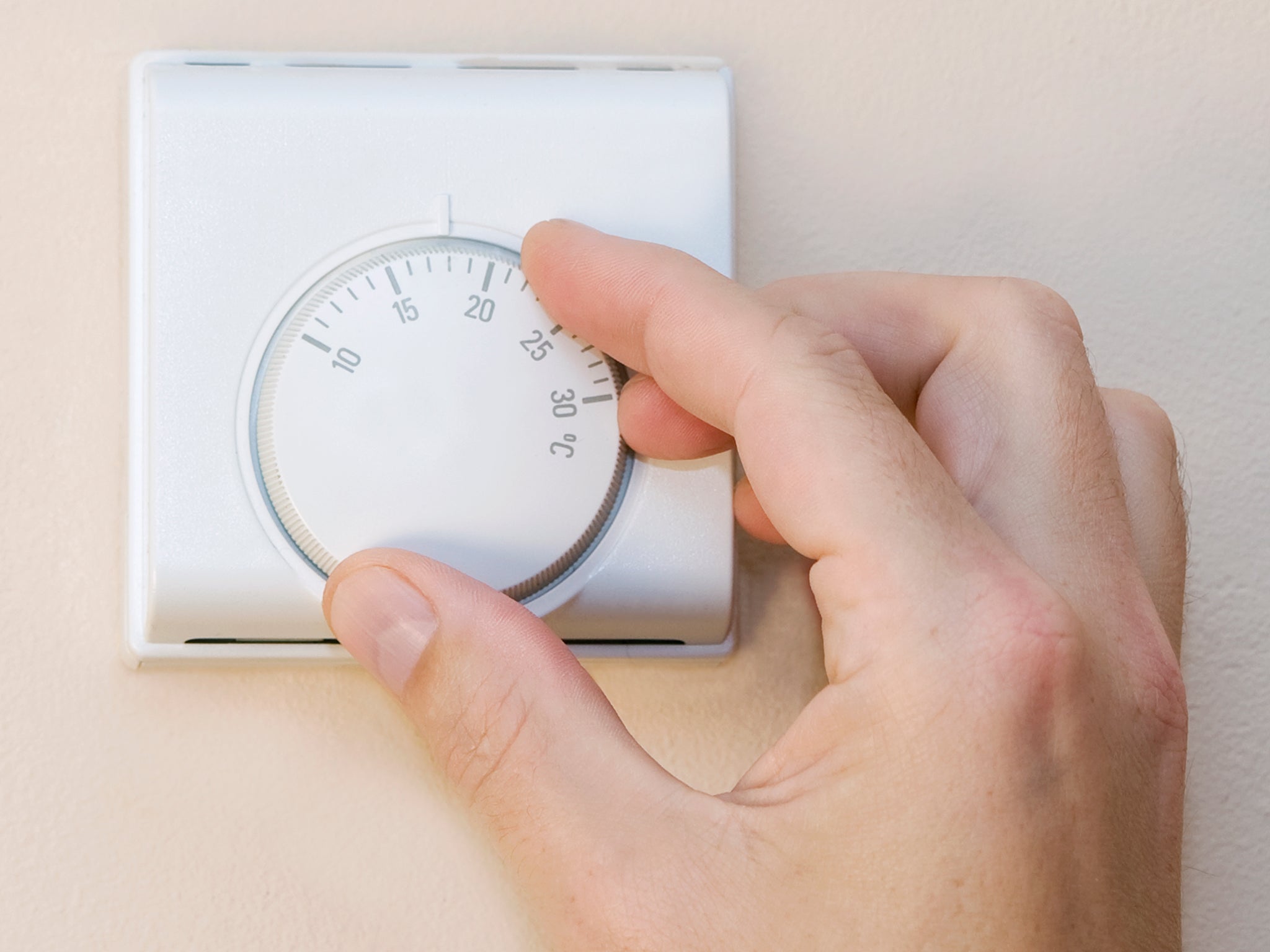How cold it needs to be before British workers should be sent home by employers
Hot or cold environments can reduce employees' ability to make decisions and perform manual tasks to deteriorate

As people adjust to the chilly autumn temperatures and cool weather ahead, offices and workplaces can become uncomfortable places to spend the day if it’s too cold indoors as well as out.
Here we look at the guidance for workplace temperatures and how it can affect productivity.
How cold is your workplace allowed to get?
There is no law outlining the maximum or minimum temperatures that an office environment should exceed, but the Health and Safety Executive states that employers are legally obliged to provide a “reasonable” temperature in the workplace, under the Workplace (Health, Safety and Welfare) Regulations 1992.
Under its Approved Code of Practice, a workplace should be at least 16C and at least 13C if a person’s work involves rigorous physical effort.
Is there a maximum temperature for workplaces?
There is no upper limit for heat in the workplace as there are some environments with high temperatures, such as glass works or foundries, where people can work safely as long as appropriate measures are taken, according to the Health and Safety Executive.
What is thermal comfort?
Thermal comfort describes the feeling of being too hot or too cold, and can be influenced by a number of factors, the Advisory, Conciliation and Arbitration Service (ACAS) states.
This includes “humidity and sources of heat in the workplace, personal factors such as clothing, and physical demands of the work”.
It is used as guidance for employers to take into account the workplace and environmental factors that contribute to people’s comfort at work.
It is not measured by room temperature, but “by the number of employees complaining of thermal comfort”, according to the Health and Safety Executive.
What effects can thermal discomfort have on you?
Employers who managed their employees’ thermal comfort are “likely to improve morale and productivity”, the executive states, while overly hot or cold environments can reduce employees' ability to make decisions and perform manual tasks to deteriorate.
“People may take shortcuts to get out of cold environments,” the executive said, or increase risks to themselves by not wearing personal protective equipment properly in hot environments.
It added: “An employee’s ability to concentrate on a given task may start to drop off, which increases the risk of errors occurring”.
What can you do if your workplace is too hot or cold?
The guidance from ACAS is that employees should raise any temperature issues with their boss or HR department.
“Nobody wants to be freezing cold in the office but there are some workplaces where cold working environments are a necessity such as workers that have to handle frozen food in freezers as part of their jobs,” a spokesperson said, referring to the guidance set out by the Health and Safety Executive.
“If there’s a universal feeling that the temperature of an office is too cold to comfortably work in then employees should raise the issue with their line managers or HR department in the first instance,” the spokesperson added.
Will there be limits set for hot workplace temperatures?
The Trades Union Congress (TUC), which has campaigned for a number of years to introduce a new maximum indoor temperature for workplaces, says it wants to see the rules regarding lower temperatures enforced more widely.
TUC General Secretary Frances O’Grady said: “It shouldn’t matter what the thermometer reads. If lots of people are complaining about the temperature, common sense says that action should be taken.”
The body wants to see upper limits for workplace temperatures set at 30c – or 27c for those doing strenuous jobs – with employers obliged to adopt cooling measures when the workplace temperature hits 24c.
Join our commenting forum
Join thought-provoking conversations, follow other Independent readers and see their replies
Comments
Bookmark popover
Removed from bookmarks